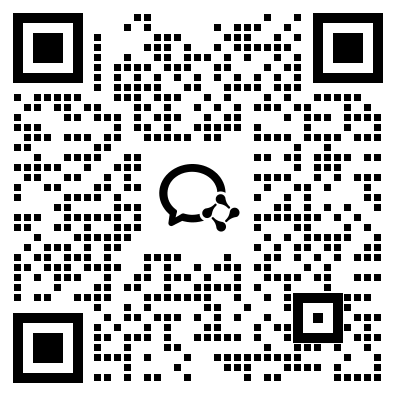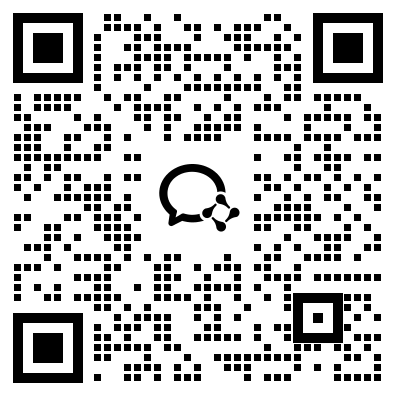Data from: From inside to outside and back again: changing waste dump formation, defecation and worker localization in a clonal ant|蚂蚁行为数据集|行为可逆性数据集
收藏DataONE2018-01-24 更新2024-06-25 收录
下载链接:
https://search.dataone.org/view/null
下载链接
链接失效反馈资源简介:
Reproductive division of labor is a defining feature of all eusocial organisms. In the eusocial insects, non-reproductive labor is often also divided into safe tasks within the nest, such as nursing, and risky extranidal tasks, such as scouting and foraging. Within-nest (intranidal) tasks are usually performed by younger workers while older workers forage outside. This temporal specialization can be delayed, accelerated or even reversed if the need arises. Here, we studied reversion in the clonal ant Platythyrea punctata. Rather than focusing on traditional markers of temporal polyethism, such as nursing vs. foraging, we examined neglected behaviors, such as waste management and defecation, as well as the proportion of ants outside the nest and the onset of egg laying. We formed single-age groups of young intranidal, old intranidal and forager workers, and found strong differences in behavior between these groups. Intranidal workers rapidly created well-formed waste dumps (middens) and defecated within the nest, initiated egg laying sooner, and remained mostly inside the nest. Forager workers showed the reverse pattern. However, the behavior of the groups gradually converged, and after 8 weeks midden formation was similar and the proportion of ants outside the nest was identical across all groups. This study demonstrates reversible temporal polyethism in defecation and waste management, which correlates well with more traditionally studied age-related traits. Different traits seem to revert at different rates. Waste management behavior may provide an easy and low-impact way of examining behavioral reversions and allows insights into aspects of colony life not usually examined.
创建时间:
2018-01-24



